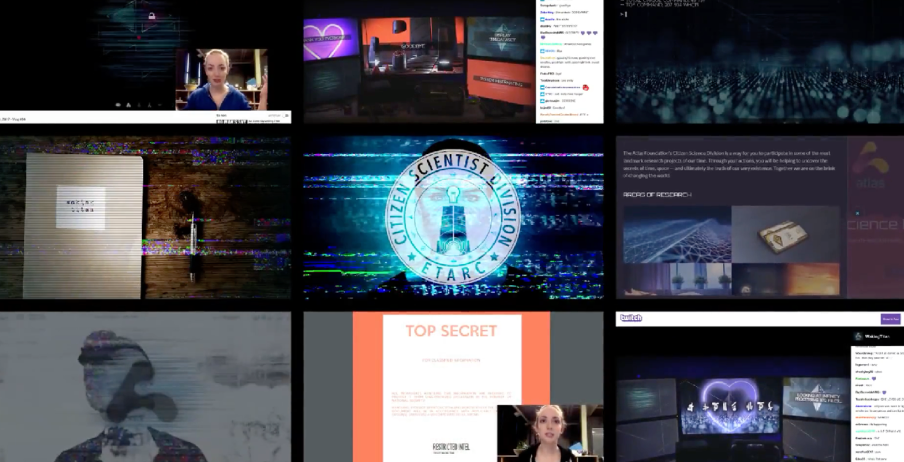Gamification
Your brand,gamified.
What we can learn from the gaming industry to drive marketing results.
Intro X Intro X Intro X Intro X Intro X Intro X Intro X Intro X Intro X Intro X Intro X Intro X Intro X Intro X Intro X Intro X Intro X Intro X Intro X Intro X
The way audiencesengage with storieshas changed.


It’s no longer enough to just tell your story—there needs to be a way for fans to become a part of it.
That’s where transmedia storytelling comes in. It’s an incredibly powerful strategy for extending the life and reach of intellectual property (IP). Through franchises like Fallout and The Last of Us, we’ve seen how games can transcend their original format and offer fans a multi-dimensional narrative experience.
It’s key to start thinking of your brand, no matter your industry, as an IP.
Learnings fromthe $200Bgaming industry.
Just like a video game or entertainment IP can be transformed through immersive storytelling, you can create deep, memorable, and emotional connections with your target audience through this type of engagement. Gaming has become a behemoth $200B industry, and you can apply the engagement tactics that work there to your own brand with a little ingenuity.
Stick with us; we’ll show you how.






So what? X So what? X So what? X So what? X So what? X So what? X So what? X So what? X So what? X So what? X So what? X So what? X So what? X So what? X So what? X So what? X So what? X So what? X So what? X So what? X
So what exactly istransmedia storytelling, then?
It means telling stories across multiple platforms, allowing different aspects of a narrative to unfold in unique ways.
This strategy deepens fan engagement by giving audiences access to various entry points—whether it’s through TV shows, films, websites, or even live events.
Games like Fallout have not just become franchises; they’ve evolved into universes that allow fans to participate in different facets of the story.
“At the core of transmedia storytelling is the Alternate Reality Game (ARG), which blends gameplay with real-world experiences.”

ARGs immerse fans by giving them mysteries to solve, hidden content to discover, and a chance to influence narrative outcomes in innovative ways.
By integrating narratives into real-world settings, ARGs blur the lines between reality and fiction, creating a dynamic and collaborative experience for fans.
Transmedia Storytelling in Action X Transmedia Storytelling in Action X Transmedia Storytelling in Action X Transmedia Storytelling in Action X Transmedia Storytelling in Action X Transmedia Storytelling in Action X Transmedia Storytelling in Action X Transmedia Storytelling in Action X Transmedia Storytelling in Action X Transmedia Storytelling in Action X Transmedia Storytelling in Action X Transmedia Storytelling in Action X Transmedia Storytelling in Action X Transmedia Storytelling in Action X Transmedia Storytelling in Action X Transmedia Storytelling in Action X Transmedia Storytelling in Action X Transmedia Storytelling in Action X Transmedia Storytelling in Action X Transmedia Storytelling in Action X
The No Man’s Sky ARG, Waking Titan,
is a perfect example of how this strategy works in practice.

After a difficult launch, Hello Games managed to flip the narrative by engaging fans in a year-long ARG that spanned websites, cassette tapes, and live broadcasts.
Through Waking Titan, fans became active participants in a sci-fi mission that reignited their interest in the game and turned what was initially a negative reception into an overwhelming success story.
The campaign was so effective that it paidfor itself within 24 hours of the patch release.

The power of transmedia storytelling and ARGs lies in their ability to bring fans deeper into a narrative and the lore of an IP, and create engagement and emotional connection that stands the test of time.
In the case of No Man’s Sky, the community-driven experience helped repair the brand’s image, proving that IPs aren’t static; they’re living entities that can evolve, adapt, and continue to thrive. With transmedia storytelling, brands can engage their audience on a deeper level, making them more than just consumers—they become co-creators of the story.





